5 ways to help a charity when you’re broke as a joke
Most of the big charities ask for ongoing donations of $30 or more a month to be regarded as one of their supporters. That’s all well and good for people who can afford to set and forget a payment like that, but for people on a budget, that’s not always an option.
As someone who runs a charity, I’m going to outline a few things you can do to help an organisation if you’re on a budget.
1. Start local
Many of the large charities are quite rigid in what kinds of support they’ll take from donors. Remember that in most cases, you’re supporting a charity because of the work that they do, and not because you want to be associated with their brand. See if there’s a smaller charity that will appreciate a smaller donation.
In Australia, the top earning 10% of charities pull down 90% of the funds donated across the entire industry.
It’s not up to me to decide where your dollar counts the most, but I do believe that your $5 will matter more to a smaller organisation than it will to one pulling down millions a year, which may make them more flexible when it comes to smaller donations.
2. Start small
Like I said above, your giving doesn’t need to be the rigid $30 that many charities request. Figure out how much you do have to spend (if any) and offer it to the charity of your choice. Don’t wait for a representative to approach you. At that point, they have staffing overheads to cover, so their reps may not be able to take small pledges. Try their website instead.
At tax time, ask your accountant for the ideal amount to give to minimise your tax for the year, especially if your income is near a lower tax bracket.
Additionally, Australian charities can give you a receipt for the market value of any goods that you donate that are less than a year old. Ask your charity what their purchasing roadmap looks like and see if you’ve got something you can donate.
3. Get social
A charity that has its’ stuff on track should be using social media to spread the word about their cause. They might produce content, articles, post news articles about what’s going on in their sphere, or update the public on what they’ve been up to.
On facebook, charities are regarded as being just like any other business, and in 2018, Facebook made the bold choice to stop clogging people’s news feed with advertising. I think this is a pretty great thing personally, but it means that if I were to make something that might help someone and just throw it up on my charity’s page, it would probably get buried as just being more marketing collateral.
If I share a post with my friends, however, that’s regarded as me speaking to my friends, which Facebook calls “organic reach”, which is seen as much more valuable.
If you want to support a charity online, like their page or pages, like new posts as they come out. Comment on new posts, and ask questions to start discussions. Share new posts to your own friends, and tag the friends you think would like it most.
On Twitter, like, retweet, and reply. Send relevant tweets to your friends. On Instagram, like and comment. On Patreon, pledge a dollar a month. On YouTube, subscribe, hit the bell, comment, and thumbs up, then send the link to your mates.
The help of your engagement on social media isn’t just limited to social media. In this day and age, likes, comments, subscribers, and reacts are all currency. When donor organisations see that a charity has a number of engaged, interested supporters, they’re more likely to donate. We can also use the numbers we have to demonstrate how many people we are reaching with the funds we have and prove that we can bring resources to a larger number of people, which makes the path to other funding sources easier.
4. Get active
Have you seen a gap in what the charity can do that lines up with your skills or what you enjoy doing? Offer your services and expertise, or even just your time.
Ask if there’s a Facebook group or mailing list for supporters and volunteers. If there’s not, ask if you can help make one so they can quickly share information about how people can get involved in the ways that best benefit their objectives.
Ask them how they’d like their supporters to talk about the organisation on social media. Ask for their intro documents, core values, and activities, and talk about them.
5. Utilise your network
You might not have cash, but you have friends, churches, other community groups, and family members. If a smaller local charity would benefit from knowing one of your contacts, make the introduction. You might have a local MP as a neighbour, or a mate who owns a business who regularly makes donations to charity.
If you work for a larger organisation, see what your workplace can do to raise money through events, casual dress days, morning teas, or chocolate drives. If the charity is holding an event, go along, and invite your friends with you.


